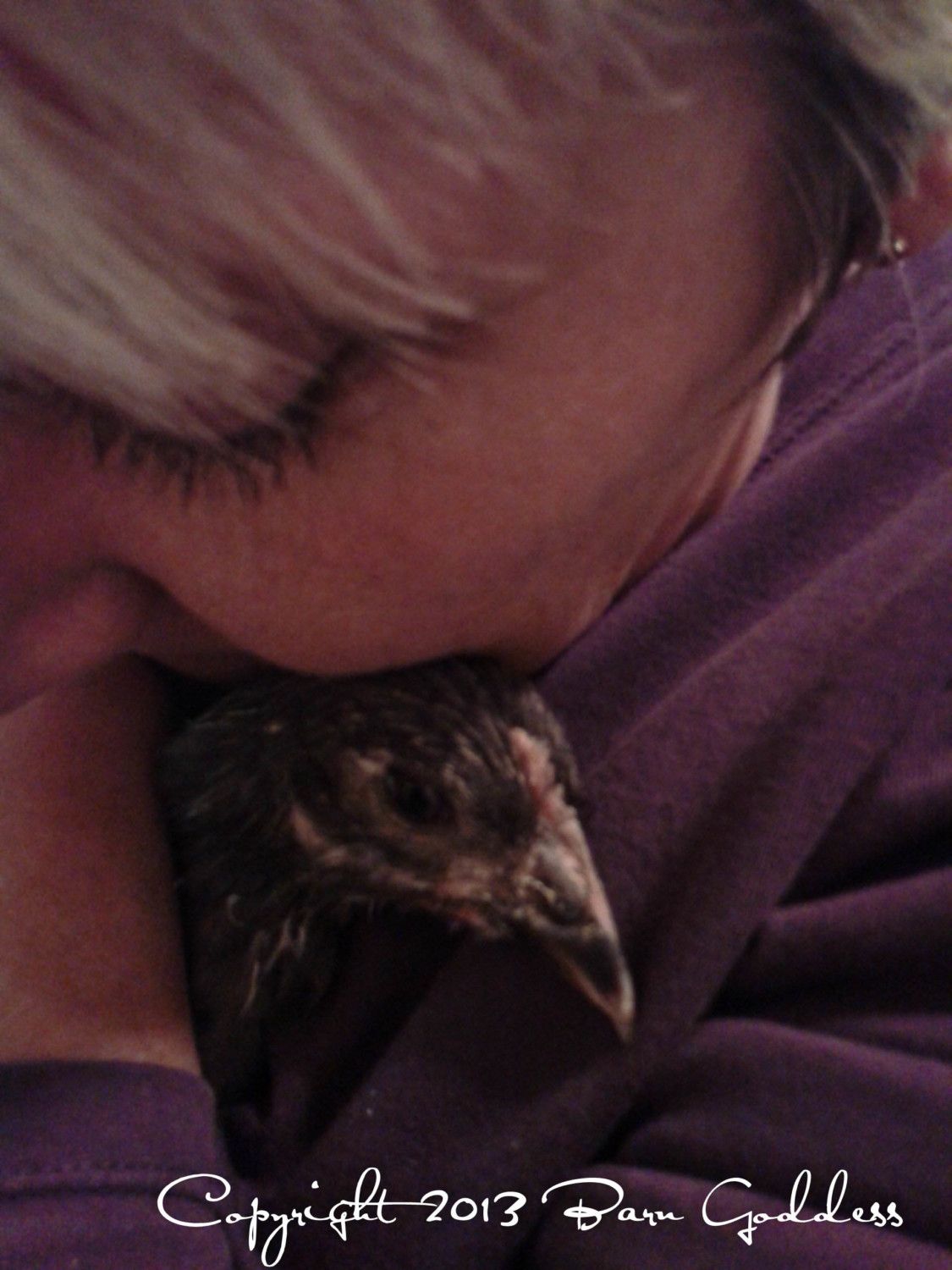lurker here...
I'm having trouble accepting that if your poultry business is otherwise losing money, by folding it into a larger farming/ homesteading operation it can become profitabe. One may be able to hide the losses by considering them with the overall income of the farm. But in actuality, you would only be decreasing your profit marins of the larger operation. This is the point at which fortune 500s sell off the unprofitabe branch of their company to realize greater overal profitability... Now, I can accept that a farm selling dairy, vegetables, fruit, etc., may bring more business to their operation by adding variety (eggs and meat) to their total offering of goods. But I'm not sure how one would quantify the increase in customer base. I can also see that free-ranging your flock in your orchard or garden, and feeding them with vegetable spoils can reduce the feed bill for a few months (we do this). But what you gain in $, you may sacrifice in productivity because of the lack of nutritional balance (we've experienced this). Don't get me wrong, I keep records of sales and expenses from my small flock, and am constantly brainstorming about how to become profitable. Just haven't yet figured it out! - Love the thread. Love the discussions.
-Kevin
Very good question, Kevin, and I would agree that from a manufacturing standpoint, it doesn't add up.
What I meant by an integrated operation is in terms of a "zero waste" operation. Coming from manufacturing, I was taught to define waste as "anything that leaves the facility that someone doesn't pay you for." Joel Salatin runs his operation in a rotational manner so that waste from one species forms part of the feedstock for another species. That's one way to do it. However, it is also labor-intensive instead of infastructure intensive like CAFOs.
Permie types do things a little differently, but the idea is the same, i.e. that the system is managed as a whole rather than individual pieces and parts. Chickens become part of the insect control strategy and that saves money on the amount of spray one has to buy, for instance. Their waste goes into the fertilizer stream and saves on having to import nitrogen, phosphorous and calcium for the produce operations. So part of the solution isn't that you spend less on chickens as much as maximizing the value you get out of them. That's one side of the coin.
The other side IS reducing expenses. When one buys feed, especially for folks who blend their own, you can save money on a per pound basis buying for a farm full of livestock than buying for just a small chicken flock alone. As you mentioned, you can reduce your feed bill by supplementing from waste. If I need to dispose of excess or bad dairy products, that goes to the hogs and chickens who are able to make use of protein sources.
And then there is infrastructure too. If I have to build everything from bare dirt, it's expensive to put up fencing, buildings, etc. So, if I put up a fence, it's a better deal to raise cows than chickens and turkeys because I get more for the beef than I do the poultry at the market. However, if I'm already building for cows, sheep and pigs, it's hardly any additional expense to add chickens and turkeys to the mix.
That's what I mean by an integrated operation. If it's part of a larger strategy and fits withing an already existing agricultural income stream, it is possible to realize a profit from small-scale poultry. Especially if you have people paying organic prices for it.
rick








 Thanks so much
Thanks so much 


